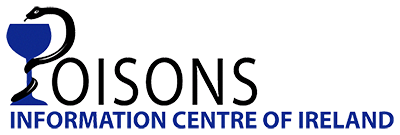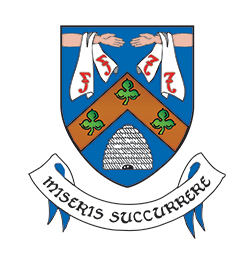The National Poisons Information Centre at Beaumont Hospital has developed a helpful guide to low toxicity plants for child friendly gardens and play spaces.
Plants with a low toxicity are generally safe. Sometimes, if a child eats more than a few of these plants this may cause mild symptoms like a sore tummy, and vomiting but they are unlikely to develop more serious symptoms unless excessive amounts of these plants are eaten. You may get a mild redness or rash when handling plants or you make skin contact with the sap. Children and parents should always wash their hands after handling plants.
Here are some tips:
-
- Teach your children to ask questions about the natural world, including if something is safe to eat.
- Warn your children about putting any part of a plant into their mouths. Curiosity is great but an upset stomach not so much.
- Children and parents should always wash their hands after handling plants.
- Children sometimes make ‘tea’ or ‘perfume’ with plants and flowers growing in the garden. Think its best if you encourage other kinds of play.
- Garden Centre staff have the knowledge to advise you what plants would be best for your garden if you have children and all plants carry safety warnings on their label. The UK’s Horticultural Trades Association has produced a list of potentially harmful garden and house plants https://hta.org.uk/potentiallyharmfulplants
- It is a good idea to keep the plant label safe so that you will have a record of the plant’s name if accidental poisoning is suspected.
- Don’t rely on Plant Identification Apps on mobile phones when looking for information on plants as they are not always accurate.
Below you will find a list of flowers, shrubs, and trees and some well-known plants that are generally considered to be low in toxicity. Young children can play amongst these plants safely unless they ingest a large number of these plants.
Please note the list below contains a selection of some widely known low toxicity plants that flower at different times of the year. The photos included here are for illustration purposes only and should not be used to fully identify a plant.

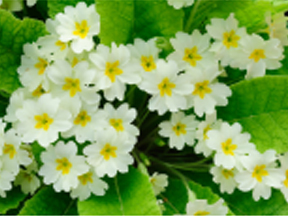
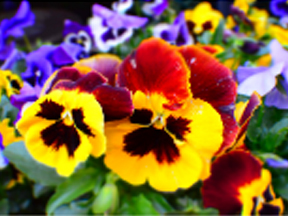
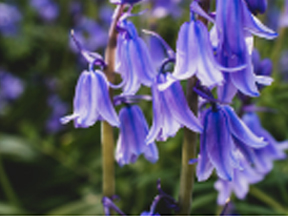
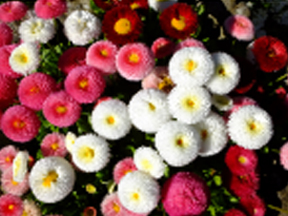
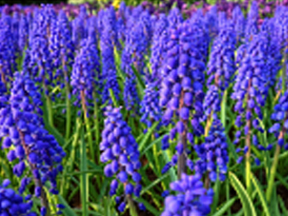
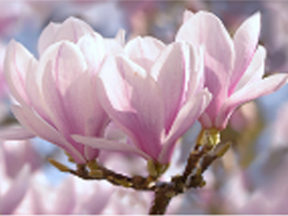
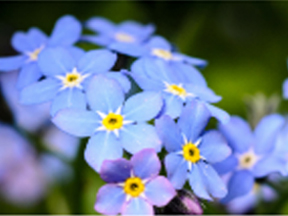
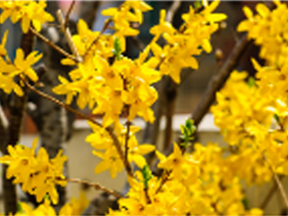

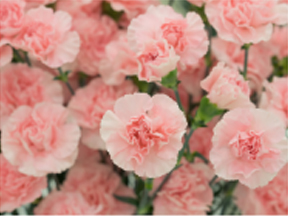
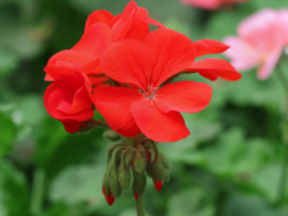
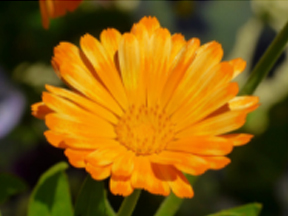
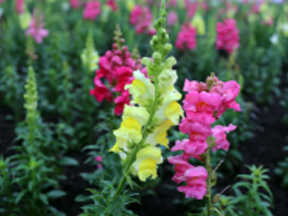
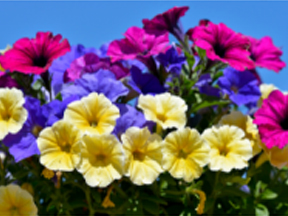
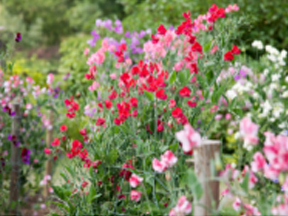

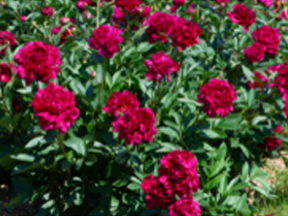
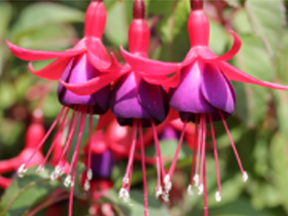
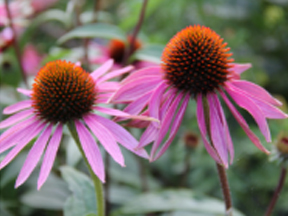
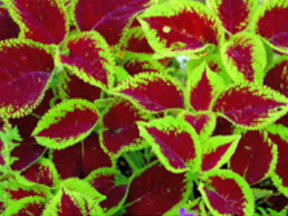
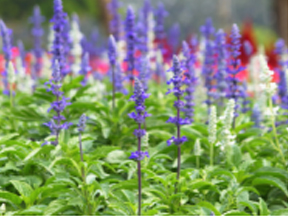
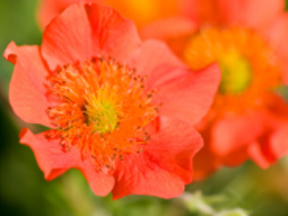
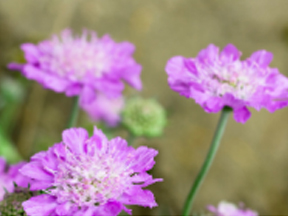
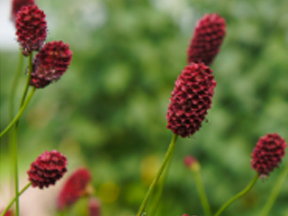
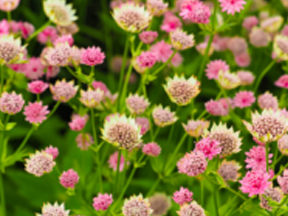
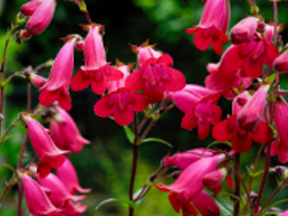

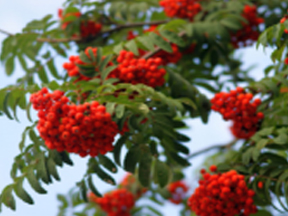
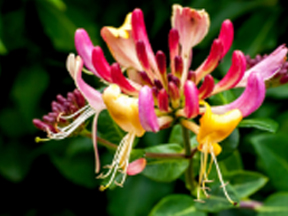
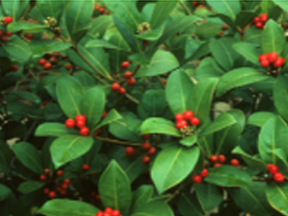
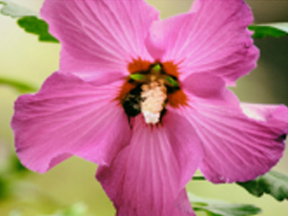
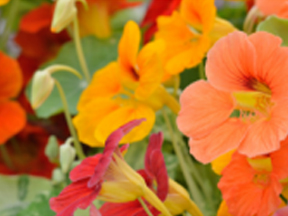
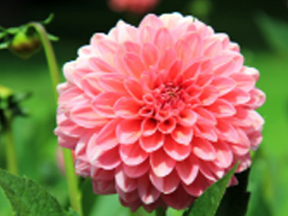
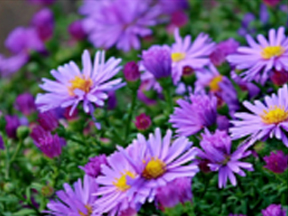
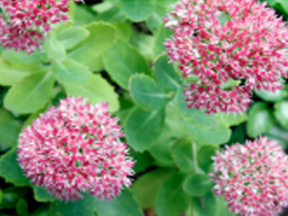
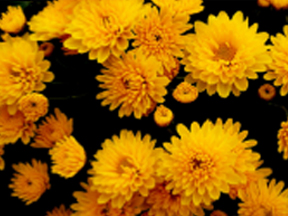

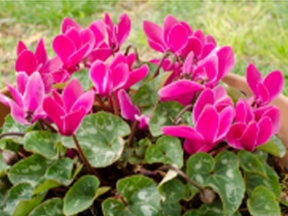
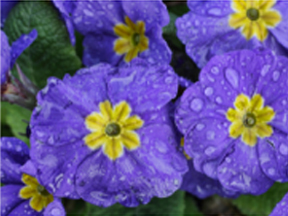
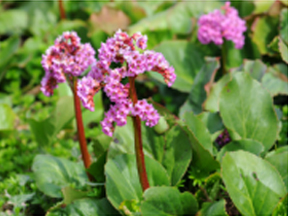
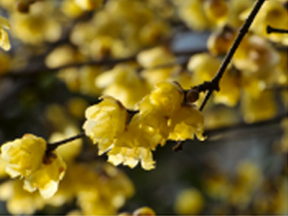
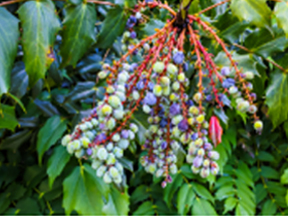
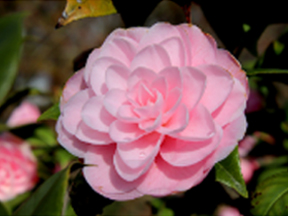
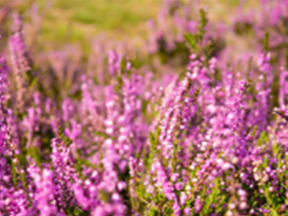
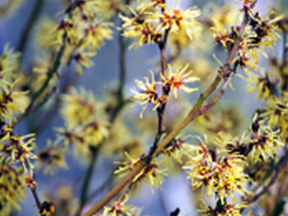
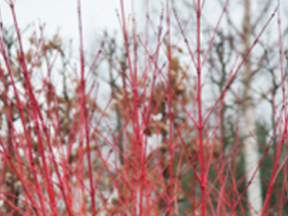

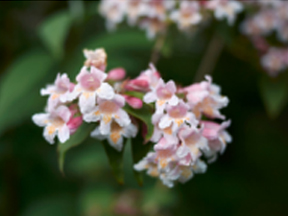
Glossy Abelia (Abelia x grandiflora)
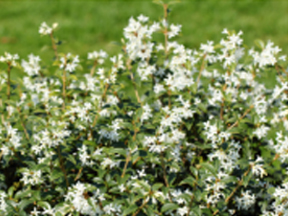
Sweet Olive (Osmanthus x burkwoodii)
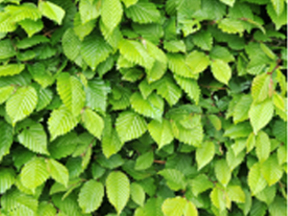
Common Hornbeam (Carpinus betulus)

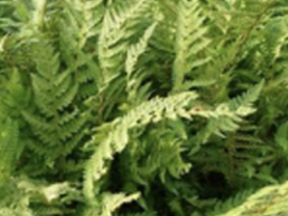
Soft shield fern (Polystichum setiferum)

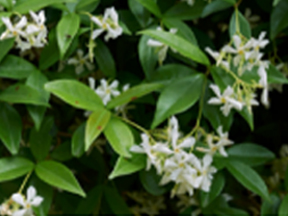

Japanese forest grass or Hakone grass (Hakonechloa macra)
Japanese sedge or Morrow’s sedge (Carex morrowii)
Mexican feathergrass (Stipa tenuissima)
References
- Poisonous Plants: A Guide for Parents & Childcare Providers by Dauncey, Elizabeth A. Published by Royal Botanic Gardens, Kew (2010)
ISBN 10: 184246406X ISBN 13: 9781842464069 - 2023 HTA list (https://hta.org.uk/potentiallyharmfulplants)
- TOXBASE® © Crown copyright 1983-2023
Acknowledgment
Thanks to Elizabeth Dauncey for her help and expertise with the preparation of this document.
©The National Poisons Information Centre of Ireland 2023
